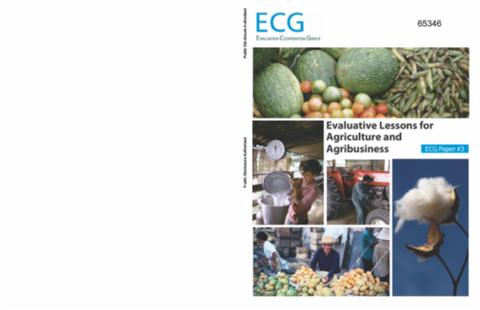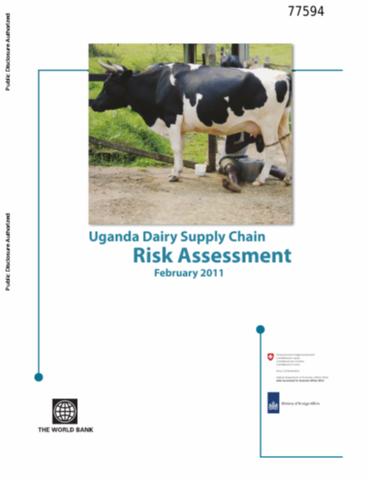Agro-Logistics in Central America
This chapter uses supply chain analysis (SCA) to identify transport and logistics bottlenecks that add costs, times and uncertainty to the exportation of perishable agricultural products from Central America. Macro-level analyses of logistics performance, including the logistics performance index, Doing Business Reports and Enterprise Surveys of the World Bank, as well as the Global Competitiveness Index of the Global Economic Forum, often leave policy-makers unclear on exactly what poor performance means for exporters and producers in Central America.












